
At nearly 8:00 p.m. on October 17, in the hallway of the respiratory department 1 of Children's Hospital 2, many parents were holding their children waiting to get injections and have their veins taken - Photo: THANH HIEP
According to Tuoi Tre Online, at around 7:30 p.m. on October 17, in the hallway of the respiratory department 1 of Children's Hospital 2 (HCMC), a long line of parents were holding their children waiting to get a vein and get an injection.
Inside the wards, every bed was filled with sick children and their parents. The atmosphere was even more tense in the emergency room where many children with severe respiratory illnesses were being closely monitored.
At bed number 15, Ms. ND's eyes (living in Quang Ngai province) were full of worry when her 2-month-old child was admitted to the hospital on October 17 with a diagnosis of severe pneumonia, infected with RSV - respiratory syncytial virus. Before that, although she had been taken to two local hospitals, the baby still had rapid breathing, wheezing and a worse cough with phlegm, so the family quickly asked to transfer her to Children's Hospital 2.
“This is my first child so I don’t have much experience taking care of children. Also, I take him to many places so he could be infected with the RSV virus,” said Ms. D., her eyes still fixed on her baby who was having difficulty breathing.
Also suffering from severe pneumonia, a 9-month-old boy was recently weaned off oxygen after treatment at Children's Hospital 2. According to records, about two weeks ago he started coughing and wheezing. His family took him for outpatient treatment but he did not recover. He was then hospitalized in respiratory failure and had to be put on oxygen.
With 8 years of experience as a nurse in the respiratory department 1, nurse Tran Thi Be Bong said that the number of respiratory cases in the department is currently increasing and is expected to continue to increase in the coming time.
“In recent weeks, the department has been receiving new patients continuously, increasing our workload. Despite the pressure, the entire team on duty still tries their best to care for and treat the children as best as possible,” nurse Bong shared.
The October 17 night shift of the respiratory department 1 of Children's Hospital 2 has 2 doctors and 7 nurses, with nearly 200 pediatric patients. Thus, each nurse takes care of about 25-30 children, with a duty time lasting 24 hours (from 7am October 17 to 7am October 18).
At nearly 8:30 p.m., the lights in the respiratory department 1 of Children’s Hospital 2 were still on. The sound of children crying and the loudspeaker calling the names of children coming for follow-up examinations still echoed.
The work of the on-duty team continues, from receiving new patients, to monitoring serious cases in the emergency room, giving injections, examining, entering the disease progression of each patient into the medical record...
According to the latest report from Children's Hospital 2, the number of outpatients and hospitalizations for respiratory diseases has been increasing continuously every week. Specifically, in the first week of September, there were 6,355 pediatric outpatient visits. By the first week of October, this number had nearly doubled to 12,332.
During the same period, the number of children hospitalized for respiratory diseases increased from 286 to 475.
Image of the night shift of doctors and nurses treating children with respiratory diseases at Children's Hospital 2:

Nurse Tran Thi Be Bong takes care of a 2-month-old boy who was admitted to the hospital on October 17 with a diagnosis of severe pneumonia and RSV infection - respiratory syncytial virus - Photo: THANH HIEP
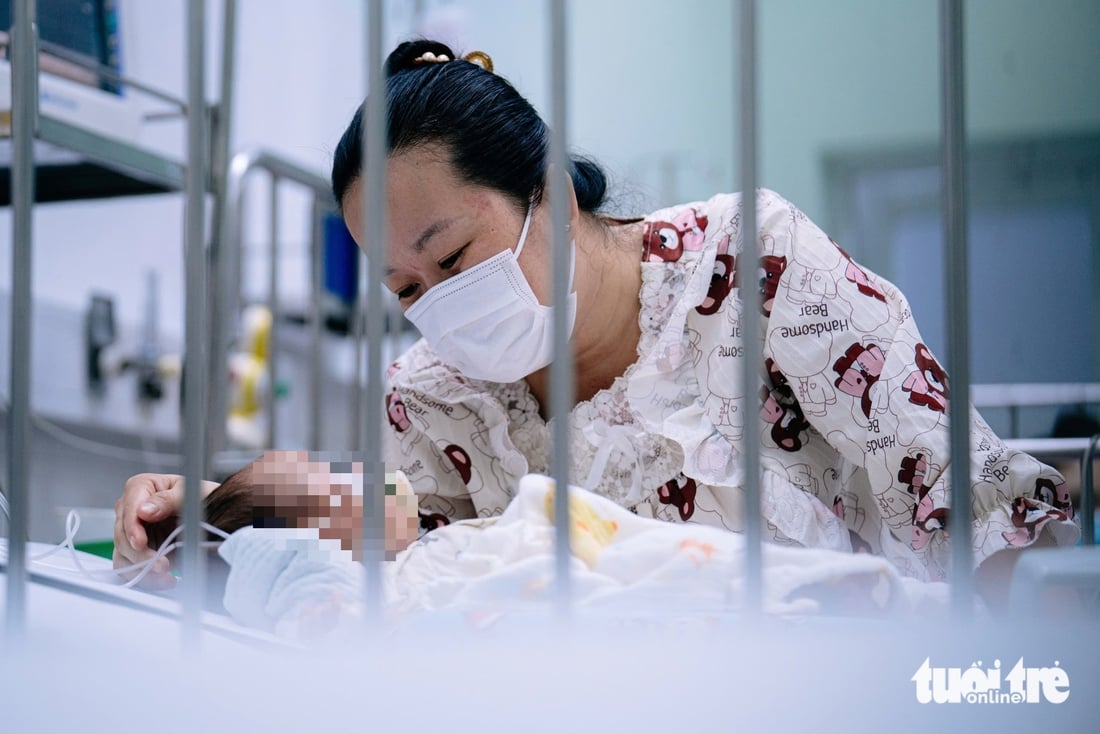
The number of children with respiratory diseases admitted to Children's Hospital 2 has been increasing continuously every week. The emergency room of the respiratory department 1 is always in a state of tension when receiving many cases from severe to very severe - Photo: THANH HIEP
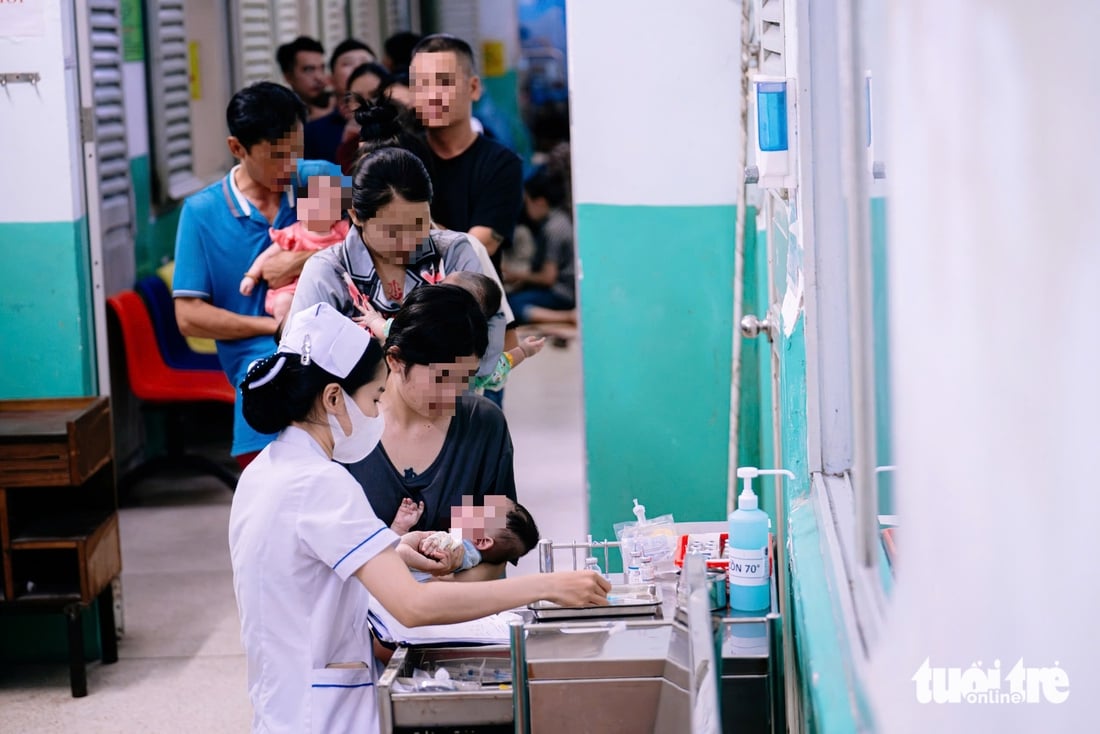
24 hours a day (from 7am the previous day to 7am the next day), each nurse has to take care of 25-30 children. The pressure is great but they are still persistent and dedicated so that all children can receive the best treatment - Photo: THANH HIEP
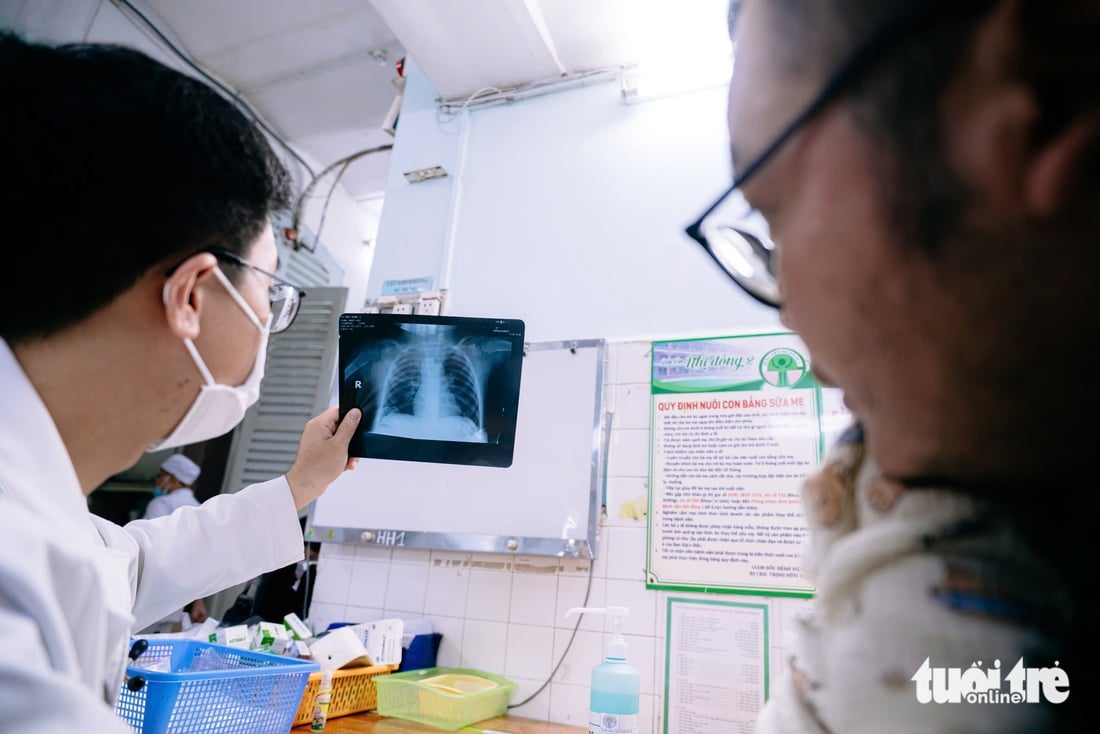
Doctor Dang Van Vuong looks at the chest X-ray image of a 9-month-old boy who was recently weaned off oxygen after treatment for severe pneumonia at Children's Hospital 2 - Photo: THANH HIEP
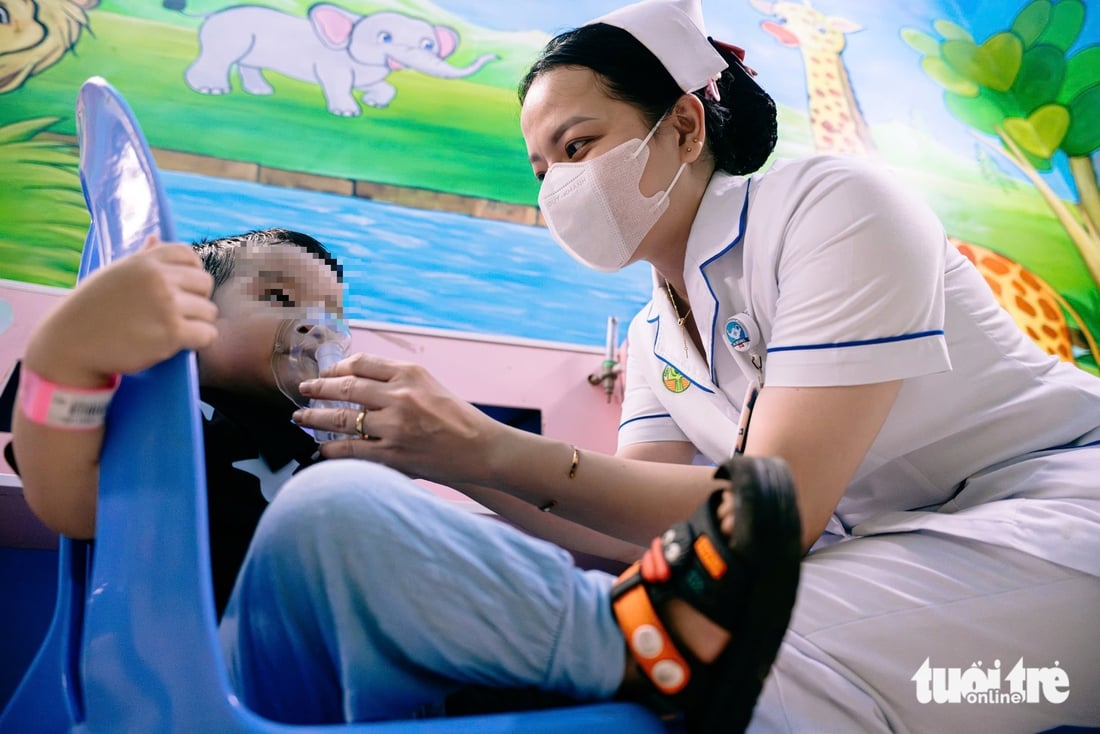
Nurses assist children with aerosol spray - Photo: THANH HIEP

Inside the hospital room, there are sick children and their relatives on duty in every bed. The atmosphere here seems to forget day and night - Photo: THANH HIEP

As the night gradually gets late, medical staff of the respiratory department 1 are still diligently entering electronic medical records - Photo: THANH HIEP

Late at night, the work of the on-duty team continues, from receiving new pediatric patients, to monitoring serious cases in the emergency room, giving injections, examining, entering the disease progression of each pediatric patient into the medical record... - Photo: THANH HIEP

In the middle of the hospital, the patient's family calls relatives to update them on the child's health - Photo: THANH HIEP
How to prevent respiratory diseases for children at home?
To prevent respiratory diseases at home for children, Children's Hospital 2 recommends that parents need to give their children enough water, keep them warm, supplement nutrients, wear masks, wash their hands, and fully vaccinate them according to the national vaccination schedule.
The hospital also reminds that children should absolutely not be given antibiotics without a doctor's prescription, and should not be given cough medicine or prolonged use of cough medicine without seeing a specialist.
Source: https://tuoitre.vn/tre-mac-benh-ho-hap-tang-9-y-bac-si-xuyen-dem-cham-gan-200-benh-nhi-20251020125530637.htm


![[Photo] Solemn opening of the 10th Session, 15th National Assembly](https://vphoto.vietnam.vn/thumb/1200x675/vietnam/resource/IMAGE/2025/10/20/1760937111622_ndo_br_1-202-jpg.webp)
![[Photo] Chairman of the Hungarian Parliament visits President Ho Chi Minh's Mausoleum](https://vphoto.vietnam.vn/thumb/1200x675/vietnam/resource/IMAGE/2025/10/20/1760941009023_ndo_br_hungary-jpg.webp)

![[Photo] National Assembly Chairman Tran Thanh Man holds talks with Hungarian National Assembly Chairman Kover Laszlo](https://vphoto.vietnam.vn/thumb/1200x675/vietnam/resource/IMAGE/2025/10/20/1760952711347_ndo_br_bnd-1603-jpg.webp)
![[Photo] Prime Minister Pham Minh Chinh meets with Speaker of the Hungarian National Assembly Kover Laszlo](https://vphoto.vietnam.vn/thumb/1200x675/vietnam/resource/IMAGE/2025/10/20/1760970413415_dsc-8111-jpg.webp)

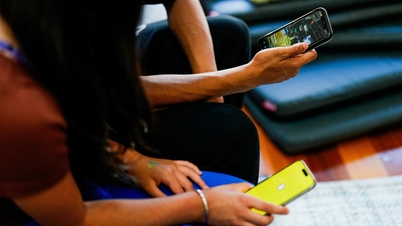


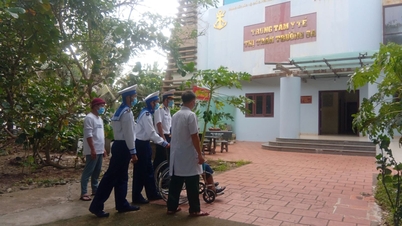







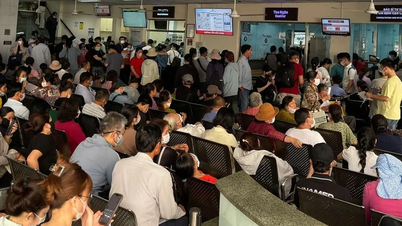






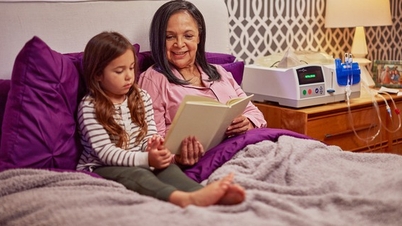

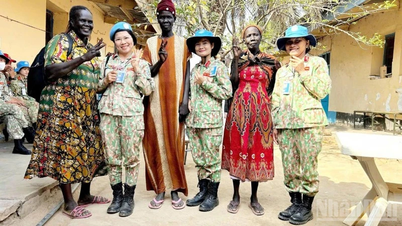





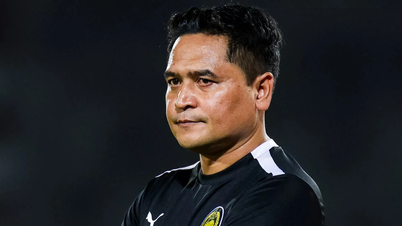




![[Photo] The Steering Committee of the 2025 Fall Fair checks the progress of the organization](https://vphoto.vietnam.vn/thumb/1200x675/vietnam/resource/IMAGE/2025/10/20/1760918203241_nam-5371-jpg.webp)


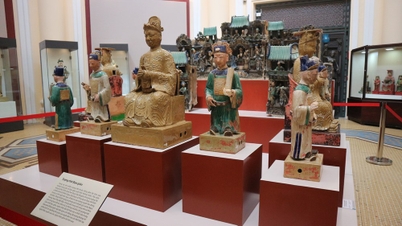





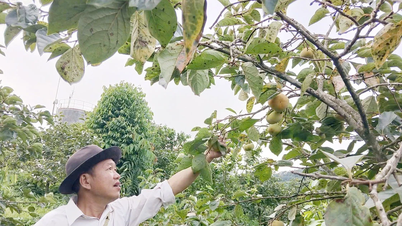












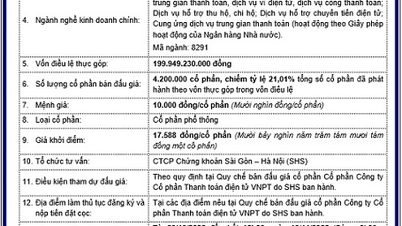
















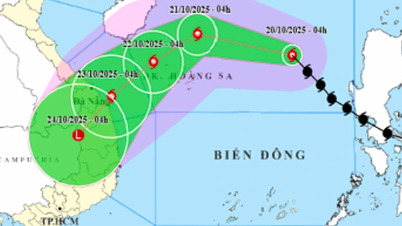

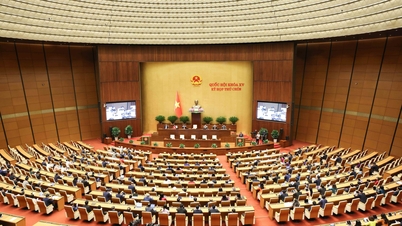









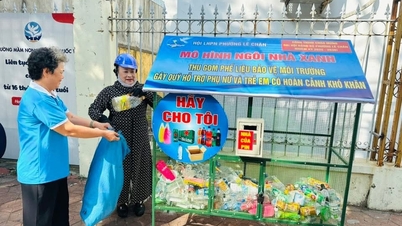



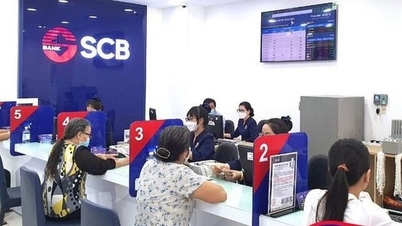
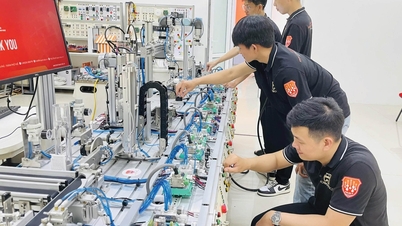















Comment (0)